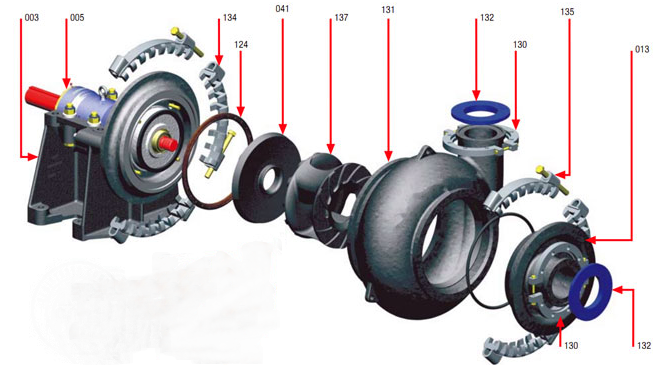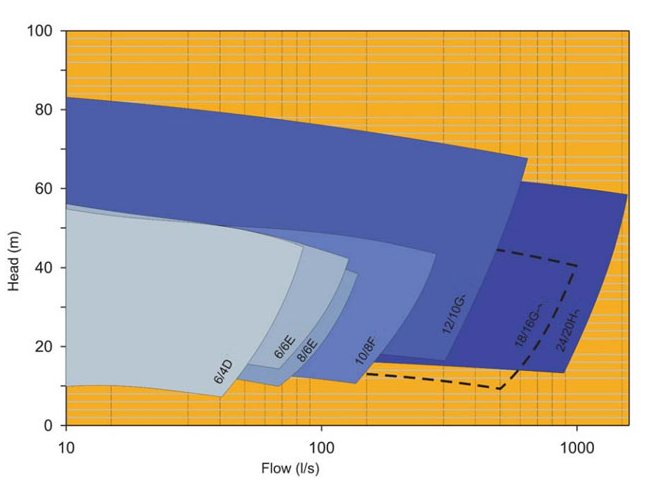Children born prematurely often develop neuromotor and cognitive developmental disorders. The best way to reduce the impact of these disabilities is to find them early through a series of cognitive and exercise tests. But accurately measuring and recording the child's motor function is tricky. As any parent will tell you, young children often don't like the bulky devices they wear on their hands, and they like to take things they shouldn't do.
Researchers at Harvard University have developed a soft, non-toxic, wearable sensor that can be attached to the hand inconspicuously, measuring the strength of the grip and the movement of the hands and fingers.
The study, published in Advanced Functional Materials, is a collaboration between the Harvard John A. Paulson School of Engineering and Applied Sciences (SEAS), the Wyss Bioinspired Engineering Institute, the Beth Israel Deaconess Medical Center, and the Boston Children's Hospital.
A novel element of the sensor is a non-toxic, highly conductive liquid solution.
“We have developed a new type of conductive liquid that is no more dangerous than a small drop of salt water,†said Siyi Xu, a graduate student at SEAS and the first author of the paper. “It's four times more conductive than previous biocompatibility solutions, making data clearer and less noisy.â€
Harvard's Technology Development Office has submitted a portfolio of intellectual property related to the new soft sensor architecture and is seeking commercialization opportunities for these technologies.
The sensing solution is made of potassium iodide (a common dietary supplement) and glycerol (glycerol), a common food additive. After a brief mixing period, glycerol destroys the crystal structure of potassium iodide and forms potassium cations (K + ) and iodide ions (I-), making the liquid conductive. Because glycerol has a lower evaporation rate than water, and potassium iodide is highly soluble, the liquid is stable at a range of temperature and humidity levels and has high electrical conductivity.
“Previous biocompatible soft sensors were made with sodium chloride-glycerol solution, but the conductivity of these solutions was very low, which made the sensor data very noisy and the preparation took about 10 hours,†says Xu. “We shortened it to about 20 minutes and got very clean data.â€
The sensor is also designed to take into account the needs of children. The silicone rubber sensor is not a huge glove, but is located on the top of the finger and on the finger pad.
“We often see high-sensitivity skin in premature or children diagnosed with early developmental disorders,†said Eugene Goldfield, associate professor of behavioral science at Boston Children's Hospital and Harvard Medical School. School and Associate Professor at Harvard University's Wyss College. “By sticking to the top of the finger, this device can provide accurate information while bypassing the sensitivity of the child's hand.â€
Goldfield is the Principal Investigator of the Wyss Institute's Flexible Electronic Early Childhood Program, which designs modular robotic systems for prematurely born children with cerebral palsy risks.
Goldfield and his colleagues currently use SEAS and Wyss' motion capture labs to study motor function. Although motion capture can illustrate motion, it does not measure strength, which is critical for diagnosing neuromotor and cognitive developmental disorders.
"Early diagnosis is the name of the game that treats these developmental disorders. This wearable sensor can provide us with many advantages that are not currently available," Goldfield said.
This article only tested the equipment on the adult hand. Next, the researchers plan to shrink the device and test it on the child's hand.
"The ability to quantify complex human motion provides us with an unprecedented diagnostic tool," said Charles River, a professor at the founding core of the Wys Engineering and Applied Sciences, and a senior author of the study, Rob Wood. “The focus on the development of children's motor skills raises unique challenges in how to integrate many sensors into a small, lightweight and unobtrusive wearable device. These new sensors address these challenges – if we can make such a request Creating wearable sensor missions, we believe this will also open up applications in diagnostics, therapy, human-machine interfaces and virtual reality."
The study was co-authored by Daniel M. Vogt, Wen-Hao Hsu, John Osborne, Timothy Walsh, Jonathan R. Foster, Sarah K. Sullivan, Vincent C. Smith and Andreas Rousing. It is supported by the National Institutes of Health.
1. Description
Naipu G series Gravel and sand slurry pump is
designed specifically for continuous pumping of extremely aggressive
slurries, with a wide particle size distribution. Capable of handling
large particles at consistently high efficiencies results in low cost of
ownership. The large volume internal profile of the casing reduces
associated velocities further increasing component life.
Typical Applications---
Slag Granulation
Suction Hopper Dredging
Dredging
Barge Loading
Sand Reclamation
Sugar Beet
2. G series gravel and sand Slurry Pump construction drawing

3. G series gravel and sand slurry pump select chart

4. G series gravel and sand slurry pump performance parameters

River Sand Pump, Horizontal Gravel Pump, Sand Dredging Pump
Shijiazhuang Naipu Pump Co., Ltd. , https://www.naipu-pump.com